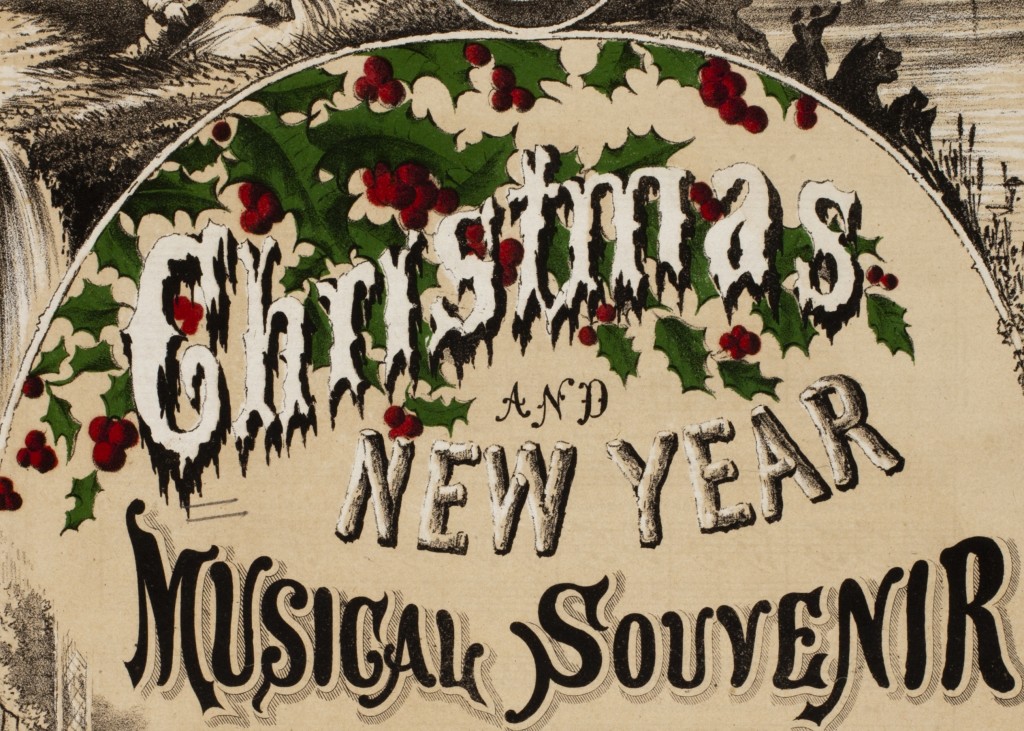 This piece of sheet music in the Society’s collection represents a handful of Confederate imprints published by George Dunn and Company (printer) and written or edited by F.W. (Fitz William) Rosier. Even before official secession, and certainly after, the Confederate States produced their own government documents and publications; there were also religious pieces and education textbooks, songsters, prints, cookbooks (as in previous post) and sheet music created and illustrated by a number of Southern printers.
This piece of sheet music in the Society’s collection represents a handful of Confederate imprints published by George Dunn and Company (printer) and written or edited by F.W. (Fitz William) Rosier. Even before official secession, and certainly after, the Confederate States produced their own government documents and publications; there were also religious pieces and education textbooks, songsters, prints, cookbooks (as in previous post) and sheet music created and illustrated by a number of Southern printers.
While some pieces of sheet music are political and/or patriotic, such as “Adieu to the Star Spangled Banner Forever” with words by Ella D. Clark and composed by J.R. Boulcott, or “Dixie Doodle” composed by Mrs. Margaret Weir, others, like the one here, were created for seasonal sales and use.
[book id=’22’ /]
This piece of sheet music titled “Christmas and New Year Musical Souvenir” was lithographed and published by Geo. Dunn and Co. of Richmond, Virginia and Julia A. Selby in Columbia, South Carolina around 1863.
The lithographed pictorial cover, with red and green coloring on the holly leaves and berries and decorative lettering, features several scenes including a man and woman in quiet conversation, a musician playing before a window in the moonlight, a pair dancing beneath a chandelier and a couple watching a boat sail on an otherwise still lake. Of the known copies of sheet music produced in the Confederate States, 110 of them were illustrated, five of which were by Dunn and Rosier (eight others were not illustrated).
The following three pieces of music with lyrics complement the cover images of courtship and romance, with Henry Wadsworth Longfellow’s “I Know a Maiden Fair to See,” F.W. Rosier’s “The Lover’s Wish,” and Thomas Hood’s “Fairies Have Broken Their Wands.” The three pieces call for the music to be played moderately quick, gracefully and with expression, respectively.
We have reproduced here and in the flip book above the original sheet music with lithographed cover; feel free to print and play it to hear, perhaps, how a Confederate parlor or piano room may have sounded in the last years of the American Civil War.
